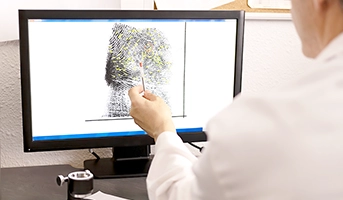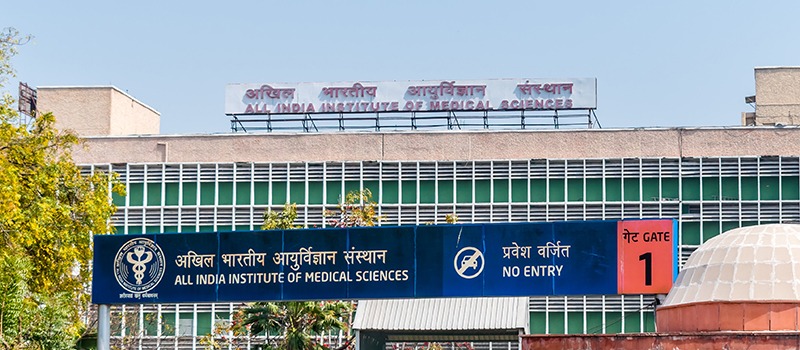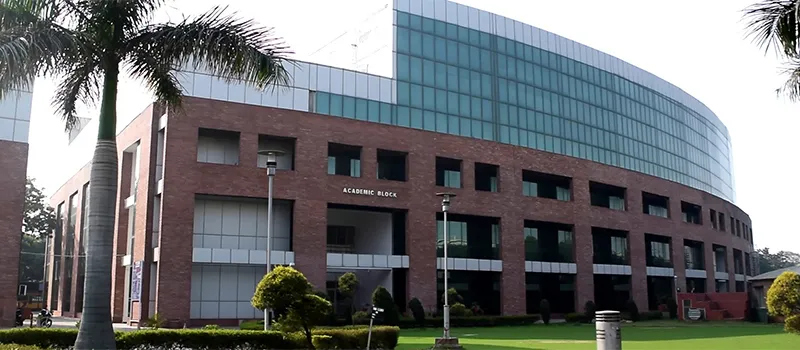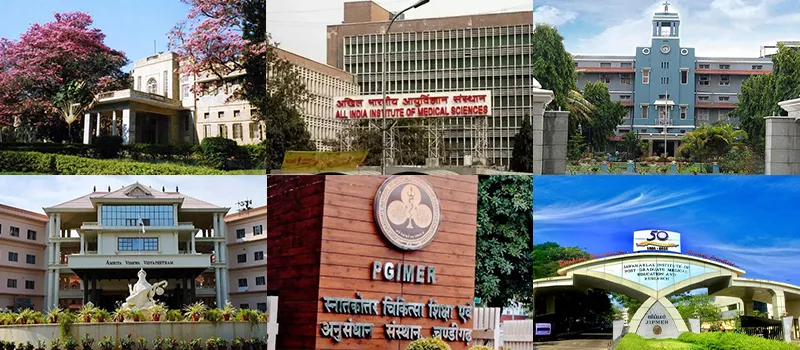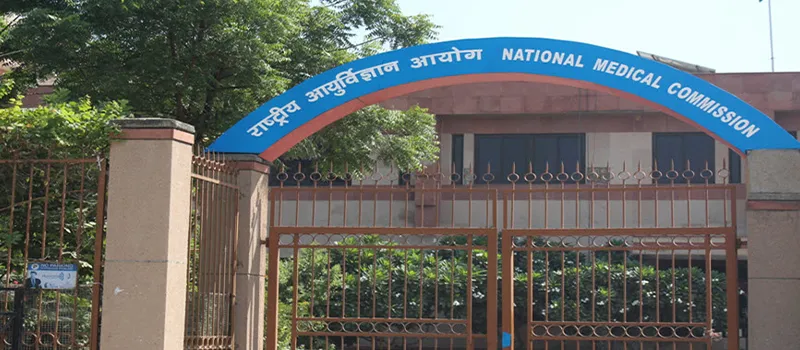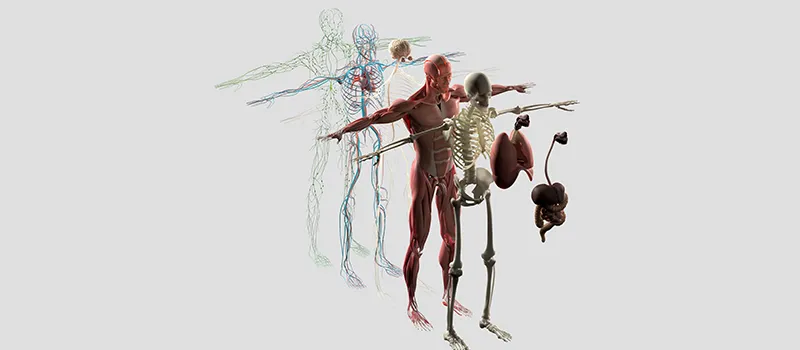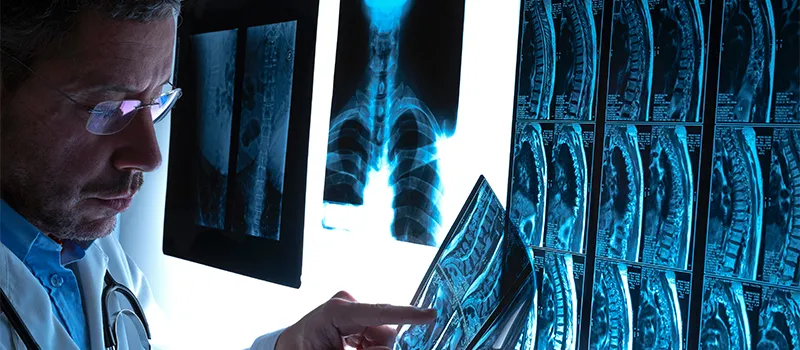

Career as a Radiologist: Career Path, Courses, Salary & Scope
Radiology is one of the most fascinating and rapidly growing fields of medical sciences. It is a branch of science that deals with radiation and imaging techniques for the diagnosis and treatment of illnesses and diseases. Radiology is the quintessential illustration of how technology is used in medical services. Radiology is a booming science for both diagnostic and therapeutic purposes. A physician specializing in Radiology is called a Radiologist.
A radiologist is a medical professional who conducts and interprets various diagnostic/interventional imaging studies, organizes, and conducts research and teaching activities and is well-versed in medical ethics and legal aspects of imaging/interventions. Radiologists generally specialize in the areas, such as pediatric radiology, oncology radiology, Neuroimaging, or interventional radiology.
Branches of Radiology
There are three main radiology branches, Diagnostic Radiology, Interventional Radiology, and Radiation oncology.
Diagnostic Radiology
This branch of radiology deals with diagnosing the cause of symptoms, monitoring the response of the body to the treatment, and screening for illnesses. The common diagnostic exams in radiology include:
- X-Rays
- Fluoroscopy
- Magnetic Resonance Imaging (MRI)
- Computed Tomography (CT)
- Mammography
- Ultrasound
- PET
- Nuclear Medicine, etc.
Interventional Radiology
This branch of radiology deals with the application of imaging for diagnosing and treating medical conditions while inserting catheters, wires, and other instruments and tools into the body. It includes the treatment of tumors, blockages in arteries and veins, fibroids, etc. The common interventional radiology procedures include:
- Tumor ablation
- Needle biopsy
- Breast biopsy
- Angiography or Angioplasty
- Embolization, etc.
Radiation Oncology
This branch of radiology deals with the diagnosis and treatment of cancer/tumor cells. This helps in pain management and routine monitoring during and after cancer treatments.
Steps for Becoming a Radiologist
The answer to the ‘How to become a Radiologist?’ question is well elaborated below for all aspiring radiologists and medical students:
Step 1: You must have completed the senior secondary education and have earned a minimum of 50% in each of the four major subjects—Physics, Chemistry, Biology/Biotechnology, and English—in the 12th standard from an accredited board.
Step 2: You must pass the NEET-UG entrance exam and go through the admission procedures to get admitted to a medical college which is a prime requirement for becoming a radiologist. NEET-UG (National Eligibility cum Entrance Test- Undergraduate) is a single window entrance exam to get admission to MBBS, BDS, BAMS, BUMS, BHMS, and other undergraduate medical programs at approved/recognized Medical/Dental/AYUSH and other Colleges/Deemed Universities/Institutes (AIIMS & JIPMER) in India.
Step 3: Complete your MBBS undergraduate degree from an MCI-recognized college along with completion of one year of compulsory rotational internship.
Click here to get conceptual clarity in the MBBS subjects.
Step 4: You can opt for MD in Radiodiagnosis or MD in Radiation Oncology as a PG specialty to become a radiologist. Admission to MD courses is done based on the marks scored in the PG entrance examination. NEET-PG is a national-level entrance examination for admission to MS/MD/PG Diploma programs at various government and private universities whereas INI-CET is a national-level entrance examination for admission to MS/MD/DM (6 years)/MCh (6 years) and MDS courses at the INI Institutes, which includes AIIMS, JIPMER, etc.
You also have the option to pursue DNB courses in the Radiology discipline after cracking the DNB-PDCET entrance examination or PG Diploma courses in Radiology.
Step 5: Complete your 3-year full-time PG degree in Radiology from an MCI-recognized college/institute.
Step 6: Complete your residency program and experience the diversified field of Radiology and get your license to practice in India.
Step 7: Clear the NEET-SS entrance examination to pursue the super specialization degree such as DM in Interventional Radiology and DM in Neuroradiology.
To gain expertise and explore the highly diversified specialty, you can also go with fellowship and certification courses in the Radiology discipline.
List of Radiology Subspecialties
This diversified medical specialty, Radiology has various subspecialties, such as:
- Gastrointestinal Radiology
- Uro-radiology
- Neuro-radiology
- Vascular Radiology
- Musculoskeletal Radiology
- Interventional Radiology
- Emergency Radiology
- Cardiovascular Radiology
- Pediatric Radiology
- Breast Imaging
- Radiation Oncology
Skills Required for Becoming a Radiologist
To become a successful radiologist, one should acquire the following skills:
- Able to independently conduct and interpret all routine and special radiologic and imaging investigations.
- Independently carry out and interpret any radiologic and imaging study, regular and unique.
- Able to provide radiological services, including medicolegal considerations, in immediate emergencies and trauma situations.
- Identify the indications, diagnostic characteristics, and application limitations of CT, MRI, and ultrasonography, and be able to explain the best cost-effective imaging method for a particular scenario.
- Choose the different image-guided interventional techniques that will be used for diagnostic and therapeutic treatment.
- Collaborate with other experts and specialists to ensure that the patient receives the most benefit possible and the best treatment.
- Should be competent to plan CME events in the specialty using contemporary teaching and assessment techniques.
- Obtain the necessary expertise to instruct postgraduate students in both traditional radiography and contemporary imaging methods, ensuring that they are fully qualified to practice, teach, and do research in the broad field of radiology.
- Able to significantly interpret the images on all imaging modalities of diseases of the organs of the system such as the Musculoskeletal system, Respiratory System, Cardiovascular System, CNS, Urogenital System, and more.
- Proficient and skilled at performing procedures including, GIT Contrast studies, Ultrasound, CT scan, MRI, DSA, and a lot more.
In case you aspire to have a career in Radiation Oncology, you must also be skilled in the following:
- Demonstrate your ability to identify and treat all cancers, paying particular attention to your capacity to maintain interdisciplinary collaboration using the most recent medical and radiation oncology standards.
- Exhibit the capacity to deal with any emotional problems that patients and families may be experiencing concerning the diagnosis, treatment, end-of-life care, and mortality from cancer.
- Create effective community-wide promotional and preventative care programs to lessen the financial burden of treating cancer and create awareness.
Scope and Salary of a Radiologist in India
Over the past century, clinical radiography has revolutionized medicine and is at the cutting edge of medical technology. You have the opportunity to pursue a fascinating and diversified career in clinical medicine, teaching, and research with this specialty.
Every field of medicine relies on Radiology for diagnostic and therapeutic purposes, may it be Surgery, Pediatrics, Oncology, Trauma, Internal Medicine, Obstetrics and Gynecology, and more.
The average salary of a radiologist ranges from 5-10 lakhs per annum in the beginning. The salary package of a radiologist escalates with expertise and other factors such as geographical area, area of employment, and more.
Radiologists have an opportunity to work in both private and government hospitals, imaging centers, diagnostic laboratories, and other healthcare facilities with the Radiology department. They can work both as part-time and full-time medical professionals. When it comes to opening one’s own radiology clinic/imaging centres, it becomes one of the highest-paying medical specialties. Although the setup for the facility is quite high because of the high-priced technological equipment and machines but it’s worth it. Other career prospects include Academician, Researcher, Medical Writer, and more.
If you want to make a career in the Radiology field, you also have the option to pursue B.Sc., M.Sc., or Diploma courses in the Radiology discipline. The job profiles associated with these Radiology degree programs are Radiology Technician, Radiology Assistant, Radiographer, Ultrasound Technician, MRI Technician, and more.
Frequently Asked Questions (FAQs)
Q1. Is radiologist a good career option?
Ans. Yes, Radiology is one of the most fascinating and rapidly growing fields of medical sciences. It is the quintessential illustration of how technology is used in medical services. Radiology is a branch of science that deals with radiation and imaging techniques for the diagnosis and treatment of illnesses and diseases.
Q3. Which institute is best for Radiology?
Ans. AIIMS, JIPMER, KGMU, CMC Vellore, AFMC Pune, and Amrita Vishwa Vidyapeetham are among the best institutes for pursuing Radiology.
Q2. Can I do MD after BSc radiology?
Ans. No, for pursuing MD in Radiology specialty you need to have an MBBS degree from an MCI-recognized medical college. After doing B.Sc. Radiology, you can pursue an M.Sc. degree in the Radiology discipline.
Related post
Related Courses
Cosmetic Botulinum Toxin Simplified
Dr Rasya Dixit , Dr Urmila Nischal , Dr K. C Nisch...
Critical Care Simplified
Dr Yatin Mehta , Dr Subhal Dixit , Dr Kapil G. Zir...
Advance Course in Ultrasound and Infertility
Dr Sonal Panchal , Dr Chaitanya Nagori
Ganga Videos on Spine Surgery
Prof Rajasekaran Shanmuganathan , Dr Ajoy Prasad S...
Pathology for UnderGrads
Prof Harsh Mohan , Prof Ramadas Nayak , Dr Debasis...
Microbiology for UnderGrads
Dr Apurba S Sastry , Dr Sandhya Bhat , Dr Deepashr...








